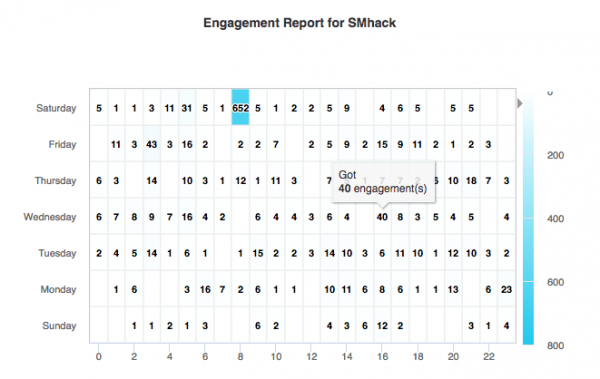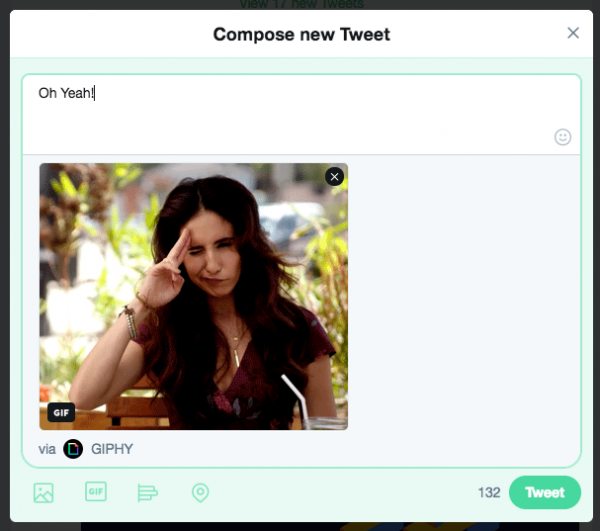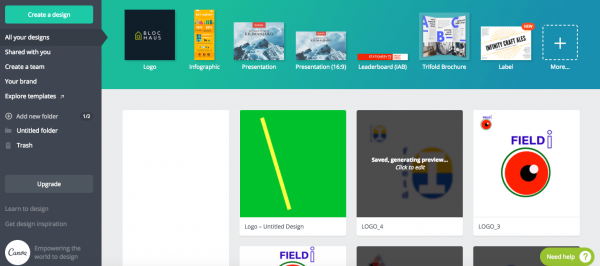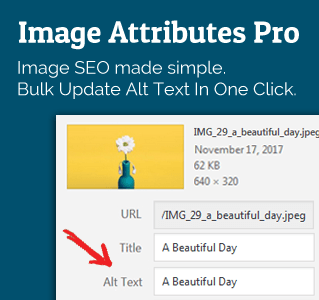A guest post by Nikhil Premanandan.
Twitter has been around for quite some time. Businesses have been using Facebook extensively for their social media strategy but not Twitter.
It’s not that difficult if you know the right way to publish on Twitter. We’ll walk you through nine different publishing factors that you need to master to launch your Twitter strategy. Let’s begin.
Number of Tweets Per Day
Before you jump into a random Twitter publishing strategy, you need to determine the number of tweets to be posted per day. To do this, you need to answer a few simple questions:
- Whom are you targeting — businesses or consumers?
- Are you a publisher or in the media business like Buzzfeed and CNN?
- Is your content evergreen or does it have a shelf life?
You need to answer these questions if you have to take the first step. If you are targeting businesses, you don’t have to publish more than 5 to 6 tweets a day. That’s because your audience is not active for that long on Twitter. If you are consumer-facing, then you need to publish more tweets to get their attention.
The same goes with the case where you are a publisher. You’ll have a lot of content that your audience can consume. Some publishers post more than 20 tweets per day. Identify what works for you and then improve upon it.
Check if your content is evergreen. News alerts or technology updates have a shelf life. If the tweets you send have a short lifespan, then you need to send them frequently over the next few day. In that case, you need more tweets per day around the same story.
After you figure out the number of tweets you need to post, you need to figure out the best times to post your content.
Best Times to Post
Your followers are not around all the time. There are specific durations of time when they are active on Twitter. To devise a publishing strategy for Twitter, you need to identify the time slots when your audience is most active; then tweet during those time slots. There are social media management softwares that give you this map. This will radically shorten the time you need to formulate your publishing strategy.

For example, this report was taken from our tool SMhack. This gives a report of the times when our target audience engages with our tweets the most. If you look at Wednesday’s data, around 4:30 pm is when we get the highest engagement that day. Can’t afford to miss tweeting during that time on Wednesdays! These are the kind of reports you need to frame your publishing strategy effectively.
Constituents of a Good Tweet
What constitutes a good tweet? It is not that simple to write your messages in 140 characters and expect the world to listen. There are tried and tested ways to get you started.
The optimum length of a tweet should be between 70 to 100 characters. If it exceeds this length, users feel that there’s too much text and tend to stay away from it.
Adding hashtags helps in getting the tweets in front of a larger audience. But, how many hashtags can you go with? It turns out that the optimal number is 2. The engagement tends to decrease if you include more hashtags. More number of hashtags may make the tweet look spammy.
Automated Schedule
The average life of a tweet is 18 minutes. If a tweet is fresh for only 18 minutes, you will have to tweet consistently. Imagine if you are an agency with multiple clients. For you to tweet for your clients will become a pain real fast.
To solve this, agencies can use scheduling tools to help them automate their publishing. They just have to add their content and give the date and time when it needs to go out. The system will publish it for them. This way you, as a social media manager, can always fill your outgoing content calendar in advance.
Use Multimedia
Add images in your tweets to make them more appealing. Twitter users keep scrolling through their feed and stop when their eyes spot something interesting. For your content to stand out, you need to add images and make the content appealing. Adding images to tweets increases their chances of getting retweeted by 150%. These are really great stats to motivate you to add images.
Twitter took a step towards that by adding a gif library to their compose section. Now users don’t have to search for the right gif somewhere else. They’ve got that right there on Twitter.

Tag Influencers in Your Tweet
Influencers usually have a huge set of followers on Twitter. Tagging them in your tweets will give you a great chance to reach more users quickly. If the influencer likes that content and retweets it, you’ll suddenly have a flurry of activity on your Twitter account. This strategy is great to increase follower count quickly.
Don’t overdo it as users may tag you to be spammy. Influencers too may get pissed at being tagged and call you out. That can send your brand spiraling down.
Republish Old Content
Content that has done well in the past can be published again. Try changing the cover image and experimenting with titles. These can give life to your old content. If it is a long-form article, convert it into an infographic with the help of your designers. You can also use tools like Canva, Piktochart, and Venngage to make these infographics yourself.
Respond
Twitter favors conversations over likes. So if users are interacting with your posts, make sure you reply to them. Ask them questions, thank them for compliments, suggest best-practices and keep the conversation going.
It adds a lot of value if you are active on social media and engage with your followers. They develop a personal connection with your brand which goes a long way in building loyalty. Gary Vee has a vibrant following on Twitter, and he regularly keeps them engaged with his replies. Be active to get the right results from Twitter
Sync Your Twitter Account to RSS Feeds
You may not always have content to send from your account. In those cases, it may become difficult for you to keep your Twitter publishing active. To rescue your publishing efforts, you can subscribe to RSS feeds of important sites from your niche. If your niche was social media management, you can subscribe to Social Media Examiner, Social Media Today, Maximize Social Business, etc. Tools like Feedly come in handy here.
That is our list to get your Twitter publishing strategy on the road. These are tried and tested methods that guarantee success. Have you tried something on Twitter that’s worked for you? Let us know in the comments section below and we’ll add them to this article.
Nikhil Premanandan is currently the head of marketing at SMhack, a social media management software startup.
He likes to experiment with social media consistently and document his experiences in his blogs. He understands the hidden potential social media has and is always looking to learn. Nikhil also contributes regularly to Social Media Examiner, Jeff Bullas and Maximize Social Business.
When he’s not on social media, you can find him digging through the latest exploits of Tom Hanks and Steve Carell.







[…] don’t freak out. It’s really easy if you these ingredients when […]